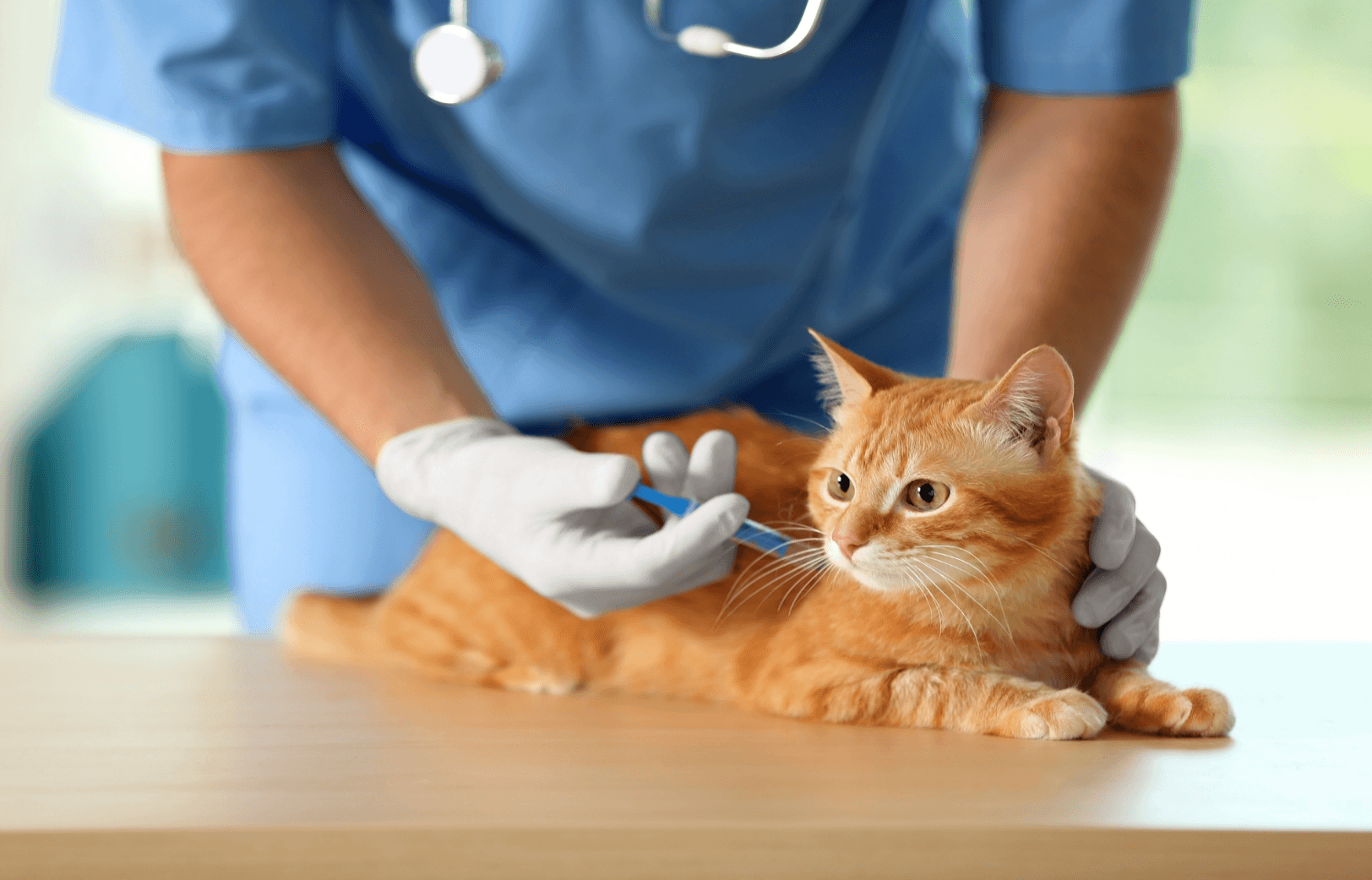
GLOBAL AGROVET
RESEARCH CONFERENCE - 2K25
and Food Science for Sustainable Future."
POWERED BY ARCC JOURNALS

POWERED BY ARCC JOURNALS




16 Apr 2025
Advancements in Vaccination and Disease Prevention

16 Apr 2025
The animal health industry is seeing a breakthrough in disease prevention, driven by innovative vaccine technologies such as mRNA-based vaccines and edible vaccines. These new-generation solutions are poised to combat zoonotic diseases, which can jump from animals to humans, and address challenges in livestock care by making vaccination easier, more effective, and scalable.
Traditional vaccines often face logistical hurdles, such as the need for a cold chain to maintain efficacy, especially in remote or developing regions. mRNA-based vaccines, already proven in human health, offer a promising alternative. These vaccines can be more stable at higher temperatures, significantly reducing cold chain dependency and making distribution easier and more cost-effective. Additionally, edible vaccines—delivered through food or water—can simplify the vaccination process for livestock, lowering costs for farmers and minimising handling stress on animals.
This innovation is particularly critical in agriculture, where disease outbreaks can lead to significant economic losses. For instance, mRNA vaccines could prevent livestock diseases like Foot-and-Mouth Disease (FMD), which devastates animal populations and disrupts trade. By improving disease prevention, these technologies reduce the impact of outbreaks on agriculture, helping stabilise food supply chains.
The potential of these vaccines extends beyond agriculture—by addressing zoonotic diseases, they improve global health security, reducing the risk of outbreaks that could threaten human populations. This makes them an essential part of global efforts to combat emerging diseases, especially in regions with limited access to conventional vaccination methods. As these innovations continue to develop, they will offer scalable and cost-effective solutions, transforming the future of animal health care worldwide.

Become a Delegate
Attend GARCX 2025 as a delegate to gain expert insights, connect with global professionals, and explore cutting-edge solutions in agriculture and animal health.

Become a Speaker
Join global thought leaders at GARCX 2025 to share your research and insights. Present your work on integrated agriculture and animal health before an international audience.

Become a Sponsor
Showcase your brand as a pioneer in One Health innovation. Sponsoring GARCX offers high-visibility branding and strategic exposure to industry leaders and researchers.

Publish with Us
Submit your scientific work to be featured in esteemed ARCC Journals. Gain credibility and reach in the global agricultural and veterinary research community.

Become an Exhibitor
Display your solutions, products, or innovations in agriculture and animal health at the GARCX Expo. Network with stakeholders and boost your industry presence.

